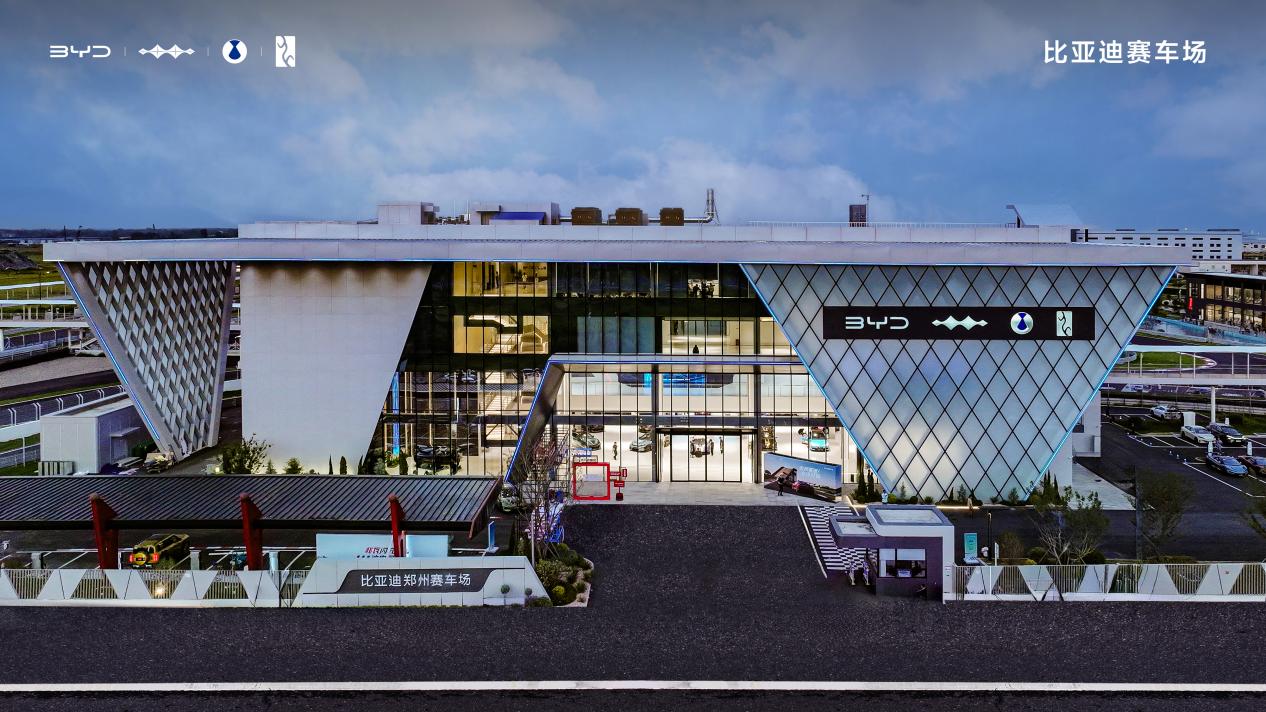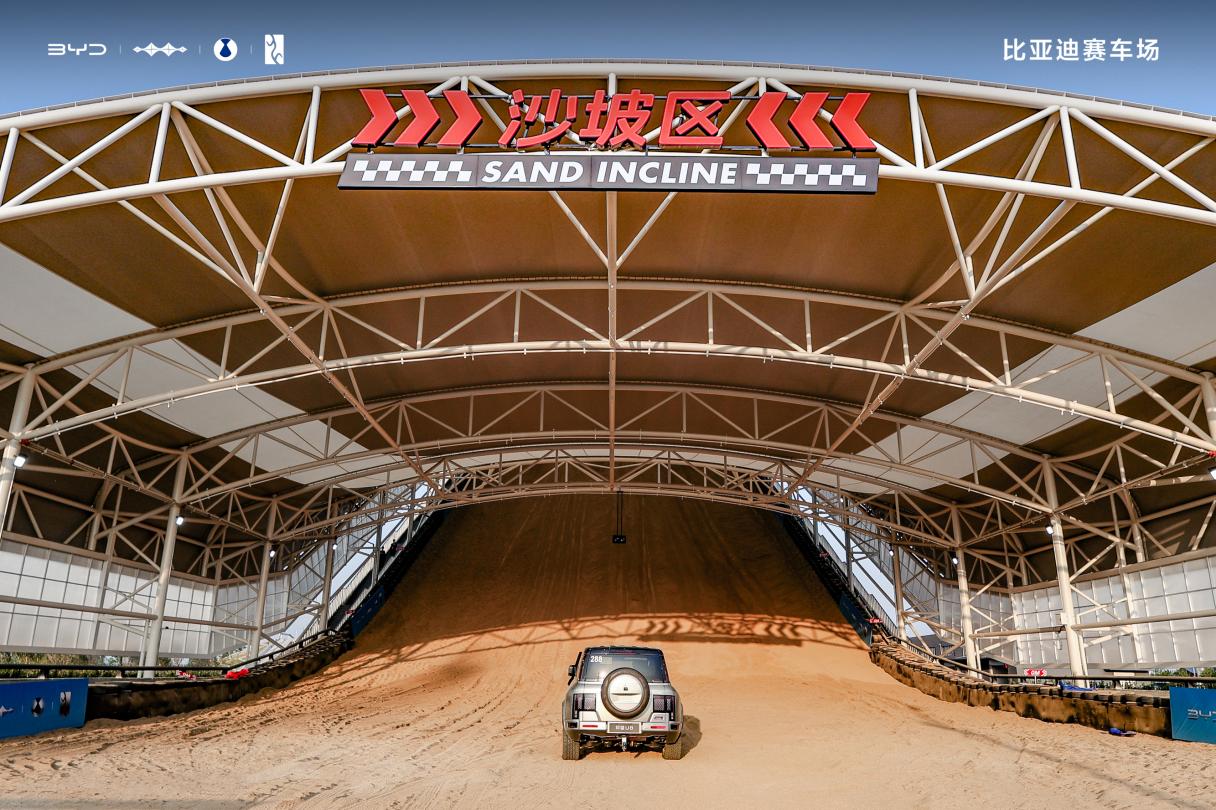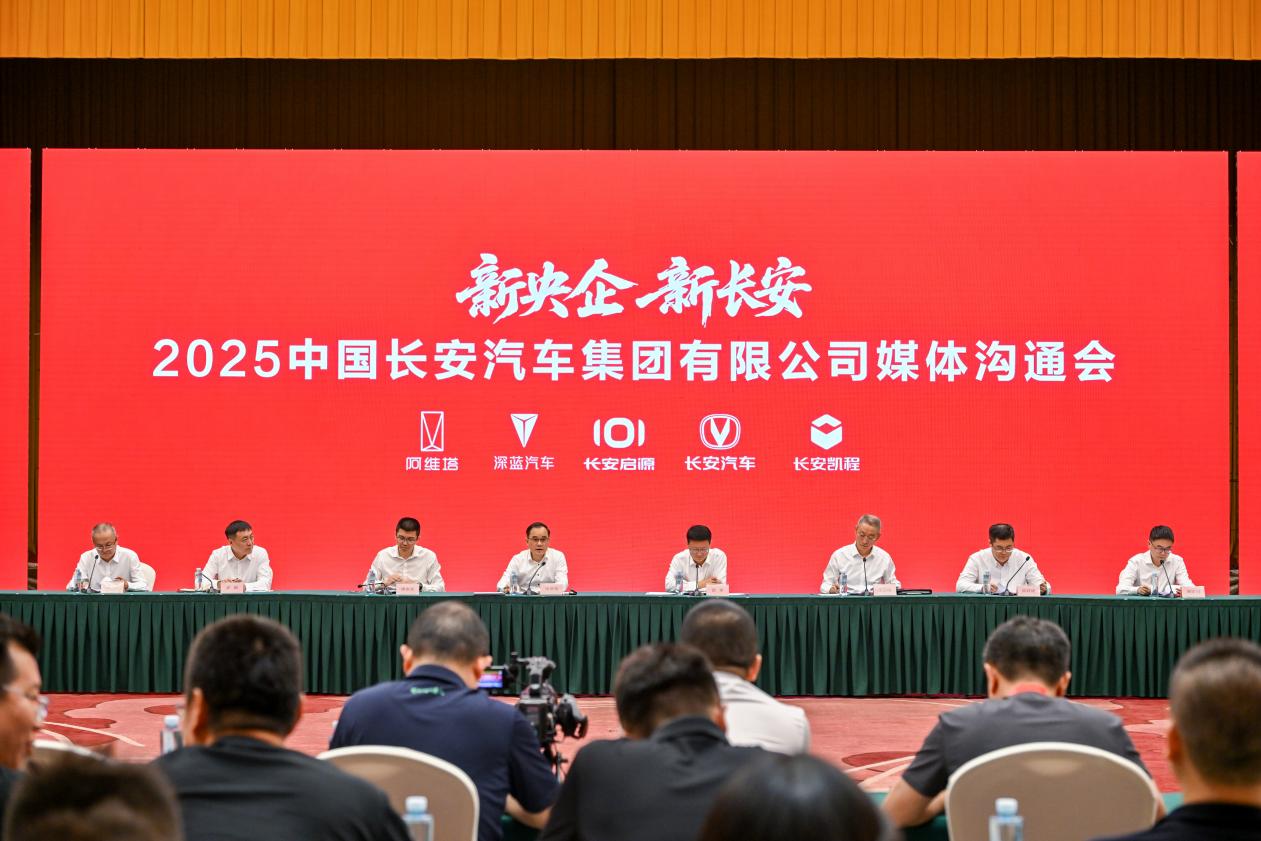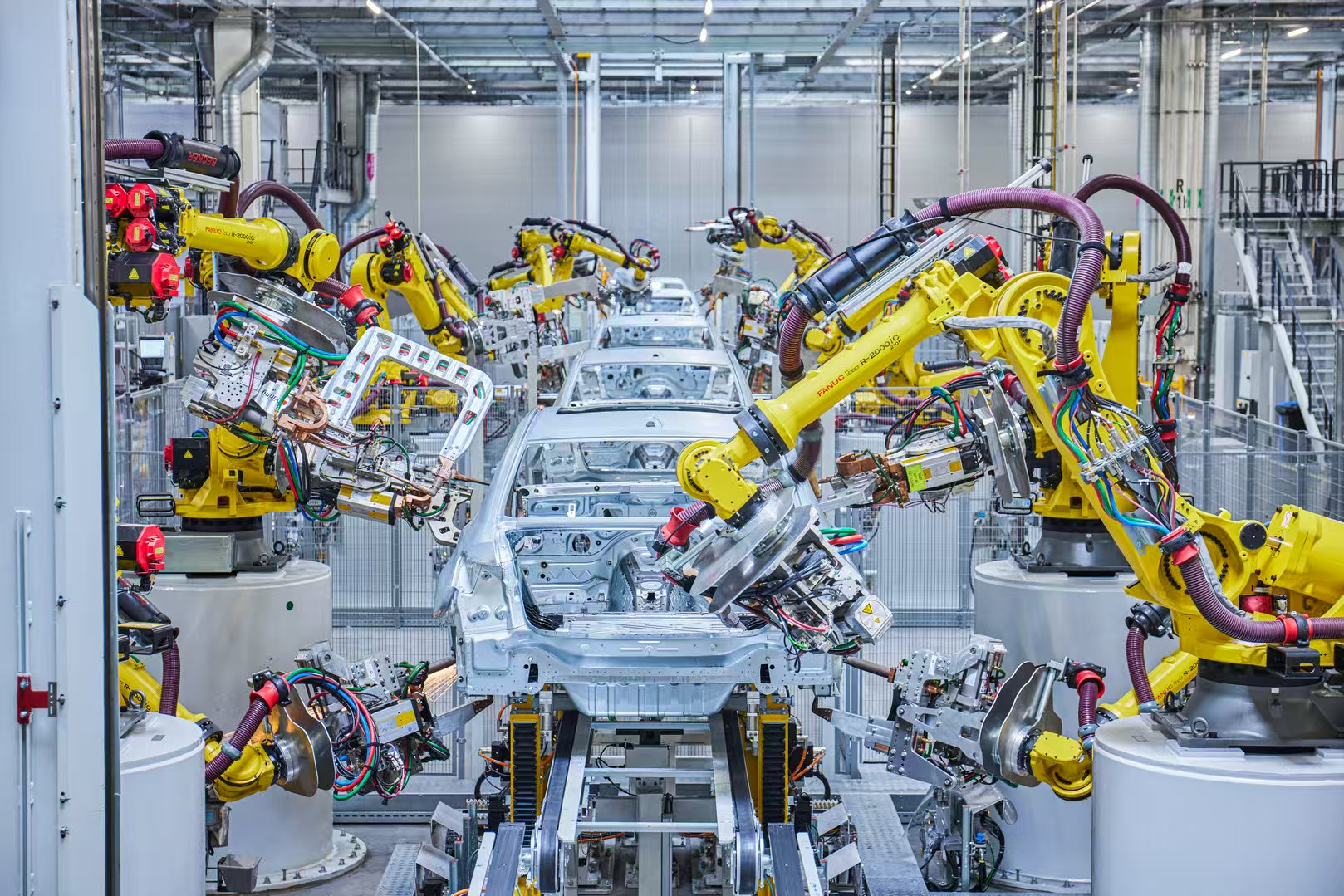
In recent years, with the development of new energy vehicles, China has emerged as the world's leading automotive power. The Chinese automotive industry has waited 70 years for this moment. However, transforming "big" into "strong" is a much longer-term task, one that relies on the nourishment of automotive culture. As a leader in China's new energy vehicles, BYD must forge a new path. The all-terrain racing track BYD launched in Zhengzhou this month could be a key step in reshaping China's automotive culture.
Li Yunfei, General Manager of BYD Group's Brand and Public Relations Department, shared some thought-provoking data at the press conference. He explained that two years ago, during a research trip to Hungary, his team discovered that the country had 19 racetracks, including one F1 track. Compared to Hungary, with a population of just over 9 million and annual car sales of just over a hundred thousand, China, with a population of 1.4 billion, has only 21 operational racetracks. "In the world's largest automotive nation, only a very small number of people have experienced a racetrack; most people can only race in the electronic world," Li Yunfei said.

BYD's all-terrain racing track in Zhengzhou is reportedly 1,810 meters long and designed specifically for new energy vehicles. It covers a variety of terrain, from sandy slopes to simulated ice tracks and off-road scenarios. By combining professional facilities with extreme driving scenarios, BYD aims to democratize automotive culture and move beyond the limitations of racetracks as a playground for the select few.
This is BYD’s original intention and also another bold innovation and breakthrough by BYD in the automotive field.
Create a "national track" and make good technology accessible to everyone
As we all know, traditional racetracks often discourage the general public due to high entry barriers, difficulty in booking, and limited activities. BYD has taken a different approach, creating a "racetrack for all"—including a racetrack, a cantilevered sand slope, a simulated ice track, a low-friction loop, an off-road area (27 events), a floating area, an intelligent driving zone, and an "all-purpose space." Whether you're a professional driver or a casual car enthusiast, there's something here to suit your needs.
On the low-friction circular track, owners of both the Haisheng 07 and the Denza Z9GT can more intuitively experience BYD's millisecond-level electronic control response and the technical strength of the body stability system. The fun of drifting is no longer exclusive to professional drivers. In addition, the simulated ice track actually simulates passive loss of control scenarios, allowing users to learn to save the car in the recurring dangerous scenarios, making the safety skills required for Nordic driving licenses a "life-saving skill" that everyone can experience. There are also many exclusive new ways to play on the racing track waiting for everyone to try.

What lies behind this is BYD’s vision of “Technology for Everyone”. We should not let technological innovation remain only at the laboratory level. All abstract technical parameters should be transformed into experiences that are perceptible and participatory to the public.
Behind the "Condensed Version of China National Geography" is an innovative breakthrough in terrain reproduction technology
It's worth noting that unlike traditional racetrack designs, BYD has incorporated distinctive terrain from around the country into its circuit, creating features like water sailing and desert sprinting. At the press conference, Li Yunfei described BYD's circuit as a "condensed version of China's National Geography."
The Zhengzhou All-Terrain Circuit's ability to accurately replicate diverse terrains, including deserts and glaciers, is supported by over ten patented technologies spanning materials science, engineering, and control technology. For example, the sand ratio in the Shapo area was precisely calculated. After BYD's R&D team traveled to Alxa to conduct desert sampling and analysis, they underwent hundreds of tests to determine the sand type, which is characterized by small-particle fine sand and a high slope. The Shapo area reportedly has a vertical height of 29.6 meters and a slope of 28°, filled with 6,200 tons of precisely proportioned sand. It's worth noting that the "crown jewel" of the Zhengzhou Circuit holds a Guinness World Record for being the largest and tallest sand-blasting test track.

For example, the simulated ice track uses a wet, polished cement surface to simulate an icy or snowy road surface, and uses movable drawbars to simulate passive loss of control. This scenario-based technology, independently developed by BYD and the Aerospace Design Institute, not only breaks the monopoly on foreign materials but also serves as a "three-dimensional showcase" for active safety technology.
It can be said that the all-terrain racing track not only demonstrates BYD's cutting-edge technology in the new energy field as a car company, but the above technological innovations also demonstrate the technological strength of Chinese companies in the field of special scene construction.
New energy vehicle culture combined with tourism experience to form a "racing +" economic ecosystem
In recent years, the racing economy has evolved from a single-event operation relying solely on ticket sales, sponsorships, and copyright fees to a diversified ecosystem. By attracting visitors from surrounding cities, racetracks have boosted the development of local industries like catering, accommodation, and tourism, forming a "racing +" economic ecosystem.

For BYD, leveraging Zhengzhou's status as a transportation hub, the newly opened all-terrain racing track is expected to become a new traffic source, elevating racing culture into a regional economic event that drives tourism, commerce, and culture. For example, events like racing carnivals, incorporating music and food, will enrich the tourist experience and achieve the integrated development of culture and tourism, with racing promoting tourism and tourism promoting racing.
The racetrack can also be integrated with Zhengzhou's surrounding historical and cultural attractions, natural landscapes, and other tourist resources to create unique tourist routes. For example, while experiencing the thrill of racing in Zhengzhou, visitors can also visit renowned attractions such as Mount Songshan and Shaolin Temple, creating a diversified travel experience and enhancing the overall appeal of regional tourism. Furthermore, the operation of the racetrack can drive the development of surrounding industries, such as auto parts manufacturing, repair and maintenance, and racing training, forming a complete automotive industry chain ecosystem and injecting new impetus into the local economy.
at last
The flourishing of China's motorsports culture is a rite of passage for a nation-state on its way to becoming a powerful automotive power. The BYD All-Terrain Racing Track is more than a simple overlay of spectacle; it represents a reimagined and upgraded automotive experience ecosystem. As both a showcase for new energy technologies and a bridge to popularizing automotive culture, the construction of the track undoubtedly writes a new chapter in the development of China's automotive culture and industry.


